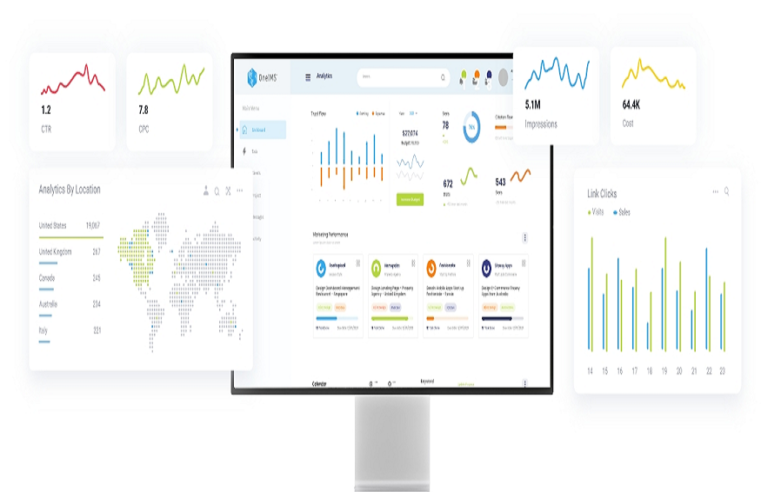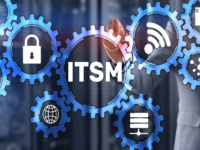Recent News
Archives
- September 2025
- August 2025
- July 2025
- June 2025
- March 2025
- February 2025
- January 2025
- December 2024
- November 2024
- September 2024
- August 2024
- July 2024
- June 2024
- May 2024
- April 2024
- March 2024
- January 2024
- December 2023
- November 2023
- September 2023
- August 2023
- July 2023
- April 2023
- March 2023
- February 2023
- January 2023
- December 2022
- November 2022
- October 2022
- September 2022
- August 2022
- July 2022
- June 2022
- May 2022
- April 2022
- March 2022
- February 2022
- January 2022
- November 2021
- October 2021
- September 2021
- August 2021
- July 2021
- June 2021
- May 2021
- April 2021
Categories
Recent Posts
- Why Expert Oil & Gas Advisors Help Projects Stay on Time and Under Budget
- Revops Agency: Streamlining Revenue Operations for Maximum Growth
- Exhibit Fabrication: Elevating Retail Spaces and Pop-Up Shops
- The Role of ITSM Consultants in Driving Modern Business Success
- Why Switching to a WordPress VIP Alternative Makes Sense












